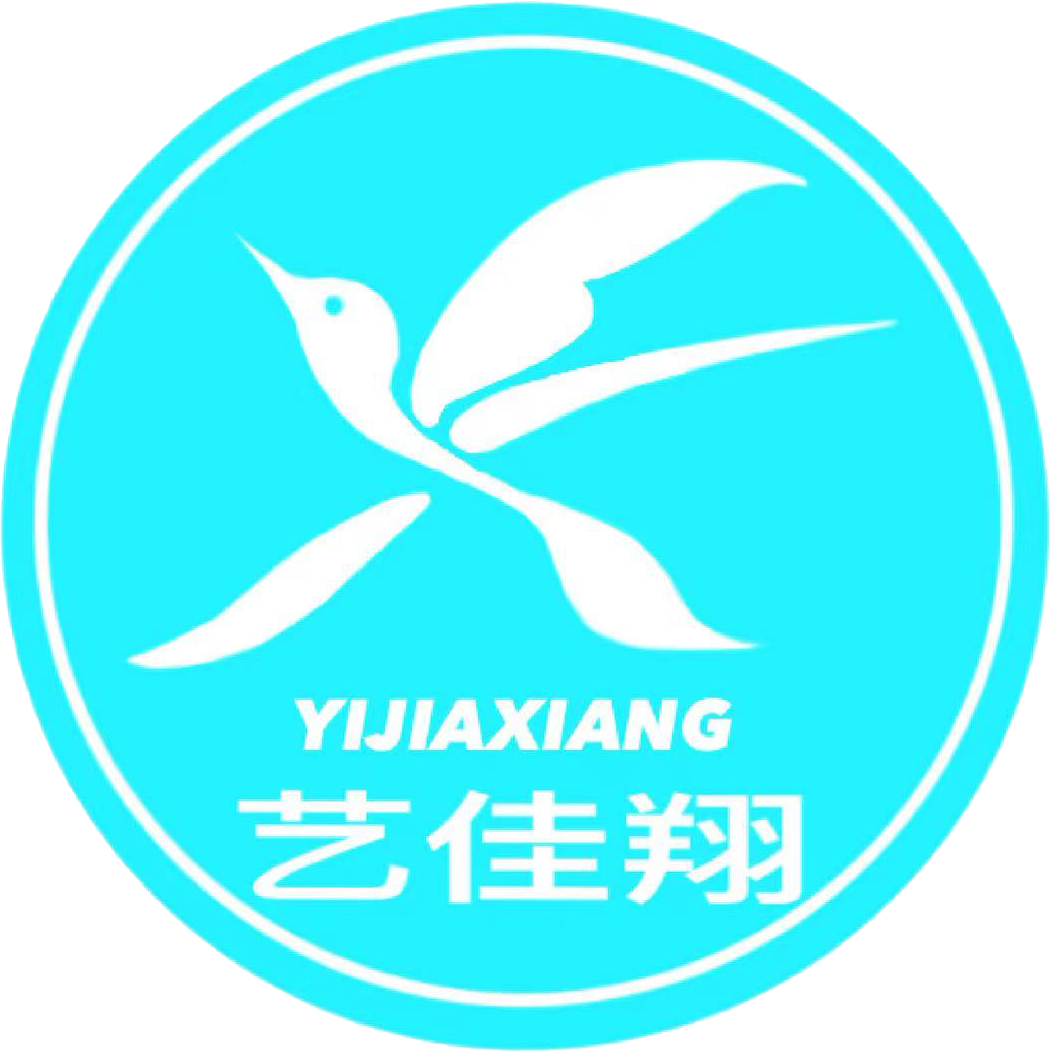12
2025
-
07
The Future of Custom Apparel: Vinyl Heat Transfer Innovations
The Future of Custom Apparel: Vinyl Heat Transfer Innovations
Table of Contents
1. Introduction to Vinyl Heat Transfer Technology
2. Understanding Vinyl Heat Transfer: A Brief Overview
3. The Evolution of Custom Apparel: From Screen Printing to Vinyl
4. Innovations in Vinyl Heat Transfer
4.1 Advanced Materials and Techniques
4.2 Eco-Friendly Options in Vinyl Heat Transfer
5. Benefits of Vinyl Heat Transfer in Custom Apparel
5.1 Design Flexibility and Customization
5.2 Durability and Longevity
6. The Role of Technology in Vinyl Heat Transfer
6.1 Software Innovations for Design and Production
6.2 Automated Production Processes
7. Challenges Facing the Vinyl Heat Transfer Industry
8. The Future Outlook for Vinyl Heat Transfer in Custom Apparel
9. Frequently Asked Questions (FAQs)
10. Conclusion
1. Introduction to Vinyl Heat Transfer Technology
The custom apparel industry is undergoing a profound transformation, driven by innovations in vinyl heat transfer technology. This remarkable method allows for breathtaking designs and personalized clothing options that were previously unimaginable. As consumer demand for unique and expressive apparel continues to rise, vinyl heat transfer emerges as a leading technique that meets these expectations with precision and creativity.
2. Understanding Vinyl Heat Transfer: A Brief Overview
Vinyl heat transfer involves the application of vinyl materials to fabric using heat and pressure. This process allows intricate designs to be transferred onto garments, providing a durable and vibrant finish. The vinyl used can vary in color, texture, and finish, catering to diverse aesthetic preferences. Understanding the basics of this technology is essential for anyone looking to delve into the future of custom apparel.
3. The Evolution of Custom Apparel: From Screen Printing to Vinyl
Historically, screen printing dominated the custom apparel landscape. While effective, it had limitations in terms of design intricacy and color vibrancy. Enter vinyl heat transfer, which revolutionizes this space by offering greater flexibility and customization. As we explore this evolution, it becomes clear that vinyl heat transfer is not just a trend but a fundamental shift in how we perceive and create custom apparel.
4. Innovations in Vinyl Heat Transfer
As technology continues to advance, so does the vinyl heat transfer process. Innovations in materials and techniques are propelling this method into new territories.
4.1 Advanced Materials and Techniques
New vinyl formulations have emerged that enhance the application process and end product. Specialty vinyls, including glitter, metallic, and reflective types, are gaining popularity. These materials allow designers to create eye-catching garments that stand out in any setting.
4.2 Eco-Friendly Options in Vinyl Heat Transfer
Sustainability is a growing concern in the fashion industry. Recent innovations have led to the development of eco-friendly vinyls that are both durable and environmentally responsible. These materials reduce the ecological footprint of custom apparel, making them a preferred choice for conscious consumers.
5. Benefits of Vinyl Heat Transfer in Custom Apparel
Vinyl heat transfer offers numerous benefits, making it an attractive option for both producers and consumers.
5.1 Design Flexibility and Customization
One of the standout features of vinyl heat transfer is its design flexibility. Users can easily create complex graphics and personalized designs, accommodating individual tastes and branding needs. This customization capability is invaluable in today’s market, where consumers seek limited-edition and personalized apparel.
5.2 Durability and Longevity
Vinyl heat transfer provides a robust finish that withstands the test of time. Garments produced using this method maintain their vibrant colors and withstand repeated washing without fading or peeling. This durability ensures that investment in custom apparel pays off in longevity and wear.
6. The Role of Technology in Vinyl Heat Transfer
Technological advancements play a crucial role in enhancing the vinyl heat transfer process. As we explore these innovations, we find that they streamline production and improve design capabilities.
6.1 Software Innovations for Design and Production
Advanced design software now allows for the seamless creation of intricate designs that can be easily translated into vinyl transfers. Programs equipped with artificial intelligence and machine learning enhance the user experience, offering suggestions and automating tasks that increase efficiency.
6.2 Automated Production Processes
Automation in production processes is another game-changer for vinyl heat transfer. Automated cutting machines and heat presses ensure precision and speed, reducing manual errors and labor costs. This efficiency allows businesses to scale their operations and meet growing consumer demand.
7. Challenges Facing the Vinyl Heat Transfer Industry
Despite its advantages, the vinyl heat transfer industry faces several challenges that must be addressed for continued growth.
The reliance on high-quality materials means that any compromise in quality can lead to unsatisfactory results. Moreover, as the market becomes saturated with various products, distinguishing oneself becomes increasingly difficult. Addressing these challenges through strict quality control and effective branding strategies is essential for success.
8. The Future Outlook for Vinyl Heat Transfer in Custom Apparel
Looking ahead, the future of vinyl heat transfer is promising. As technology continues to evolve, we can anticipate even more innovative materials and techniques. The intersection of fashion and technology will lead to more personalized and sustainable options, creating a vibrant future for the custom apparel industry.
9. Frequently Asked Questions (FAQs)
1. What is vinyl heat transfer?
Vinyl heat transfer is a method of applying vinyl material to fabric using heat and pressure to create custom designs.
2. How does vinyl heat transfer differ from screen printing?
Unlike screen printing, which uses ink, vinyl heat transfer utilizes vinyl materials for a more vibrant and durable finish.
3. Are there eco-friendly options available in vinyl heat transfer?
Yes, many manufacturers now offer eco-friendly vinyl materials that reduce environmental impact while maintaining quality.
4. How long does a vinyl heat transfer design last?
With proper care, vinyl heat transfer designs can last for many washes without fading or peeling.
5. Can I create custom designs at home using vinyl heat transfer?
Absolutely! Many home crafting machines and software options allow individuals to create and apply their custom vinyl heat transfer designs.
10. Conclusion
The landscape of custom apparel is rapidly evolving, with vinyl heat transfer at the forefront of this transformation. With its advanced materials, eco-friendly options, design flexibility, and durability, vinyl heat transfer technology represents the future of personalized fashion. As we look ahead, we can be confident that these innovations will continue to shape the way we express ourselves through clothing, making the world of custom apparel more exciting and accessible.
vinyl heat transfer
Previous Page
Previous Page

Telephone:18850529927

Mailbox:87339004@qq.com

Address: Room 401, No. 90 Huliyuan, Tong 'an District, Xiamen City

WeChat QR
Copyright©2023 Xiamen Shunyi Xingyuan Industry and Trade Co., Ltd.SEO Tags

 Language
Language






